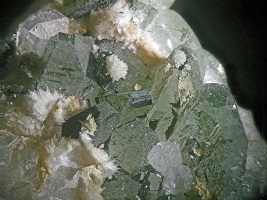
Locality: Palermo Mine, N. Groton, NH
Specimen Size: 10 mm field of view. Triclinic, truncated, pyramids of grayish montebrasite.
Field Collected: Clayton Ford, A gift from Gordon Jackson
Catalog No.: u2011
Notes: A polished grain EDS analysis (BC139) indicated an aluminum phosphate, (EDS carbon response is due to carbon coat). Chemistry and crystalography are a better fit for montebrasite LiAlPO4(OH,F) than for augelite, the other Al-P candidate. The white spiky clusters are believed to be type 3 goyazite.
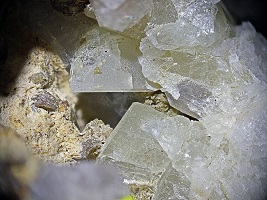
Locality: Chandlers Mill Mine, Newport, NH
Specimen Size: 8 mm field of view. A pair of flat, angular, milky, montebrasite crystals
Field Collected: Tom Mortimer
Catalog No.: 1611
Notes: These crystals are on a specimen with ruifrancoite, a roscherite group mineral. Montebrasite confirmed by polished grain EDS analyses (BC378 set 28) and Raman spectroscopy.
Montebrasite chemistry is LiAlPO4(OH,F). Note, EDS cannot detect lithium.
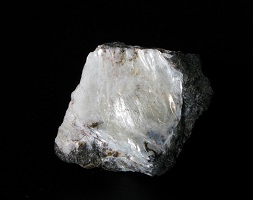
Locality: Chickering Mine, Walpole, NH
Specimen Size: 2.5 cm specimen
Field Collected: Tom Mortimer
Catalog No.: 1475
Notes: This specimen passed both of the tests described in Fred Pough's Field Guide for lepidolite: it fuses easily and the resultant bubbly glass is fluorescent. I have had this specimen on my web site and in my NH display as lepidolite since its inception. A 2023 polished grain EDS analyses showed an absence of potassium, a requirement for most all mica minerals. The chemisrtry computed from the analysis was a very good match for montebrasite. Montebrasite also fuses easily and the resultant bubbly glass is fluorescent. I was fooled on this one.
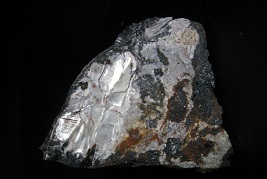
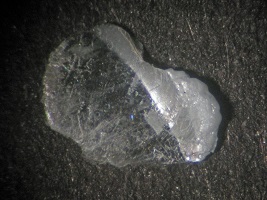
Locality: Chickering Mine, Walpole, NH
Specimen Size: 4.5 cm specimen
Field Collected: Tom Mortimer
Catalog No.: 2177
Notes: Originally thought these pearly plates were lepidolite, due to easy fusability, second photo. A Raman analyses (scan 314, 315 vs. RUFF reference plot) was a good match for montebrasite. An EDS analyses also supported a montebrasite identification, a simple Al, P mineral, (Li not detectable by EDS). Montebrasite is also easily fusable.
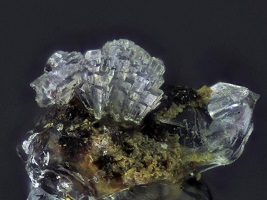
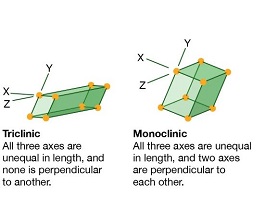
Locality: Palermo Mine, Groton, NH
Specimen Size: 0.5 mm crystal group
Field Collected: Walter Lane material
Catalog No.: A Bob Wilken specimen and photo
Notes: [bw] "Practically all of the montebrasite photos on Mindat.org are of single crystal, non-micro variety. This little cluster must have been formed as a secondary recrystallization of the primary montebrasite. I've attached a screenshot of the triclinc (montebrasite) and monoclinic (augelite) crystal forms. You can see the elongate and off-kilter nature of the triclinic from. If you take one of such forms, stand it vertically, and pack others around it, you have a representation of that little cluster."
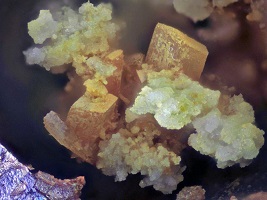
Locality: Palermo Mine, Groton, NH
Specimen Size: 0.7 mm crystals
Field Collected: Walter Lane material
Catalog No.: A Bob Wilken specimen and photo
Notes:

Locality: Palermo Mine, Groton, NH
Specimen Size: 1.3 mm crystal group
Field Collected: ex. Fred Wilda
Catalog No.: A Bob Wilken specimen and photo
Notes: